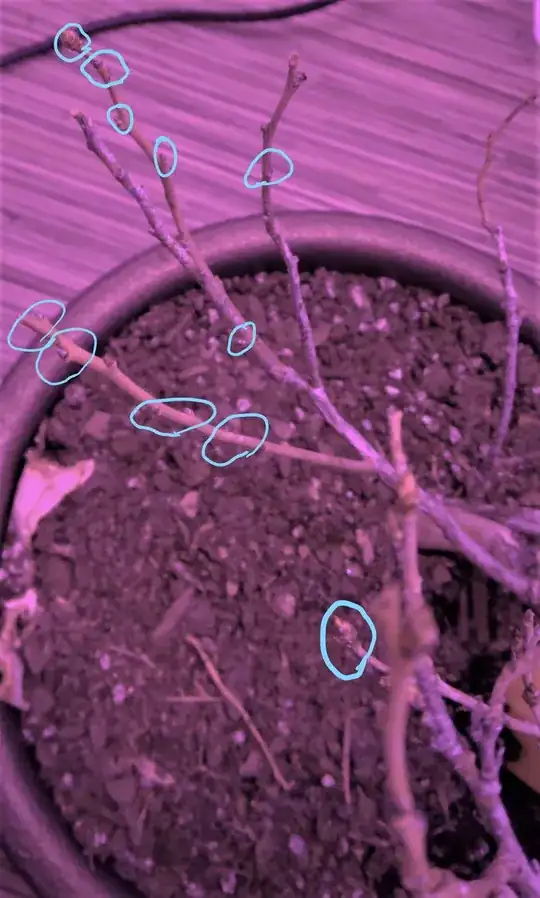I recently purchased what is now my first dwarf blueberry plant.
On this plant, at the end of a large, thick vertical cane, are a few green branches that have some small seeds and the 'early green tip' stage of leaf development.
On one of these green branches, a seed swelled, turned into a flower, expanded out into a corolla tube and opened up, in about the course of a week.
The rest of the bush appears dead or dormant.
There are many such buds that aren't doing anything, and a few that have been at the swelled stage since I received the plant, but are quite dark, and haven't changed since I received the plant.
Some of the parts of these dormant/dead canes' leaves or buds have what appears to be small parts of blue leaves on them, which I don't understand. On some parts of the plant, such as the very thick vertical branch that the other green branches are stemming from, have some kind of winter-looking blue/grey 'bark' on them, looking neither green nor brown. Is this normal?
How can I tell whether the other parts of the plant are just dormant or whether they've died off?
I'm keeping the plant indoors, under a 300w LED light, with a large aqua-globe-like system that keeps the soil saturated with enough water as it dries out.enter image description here

